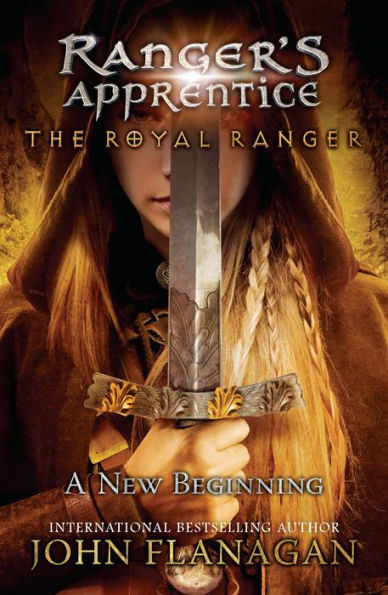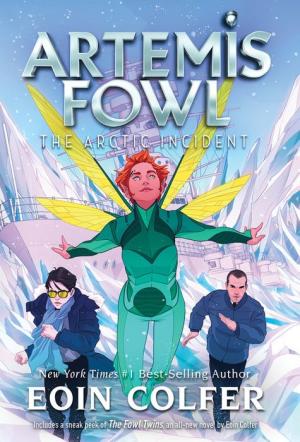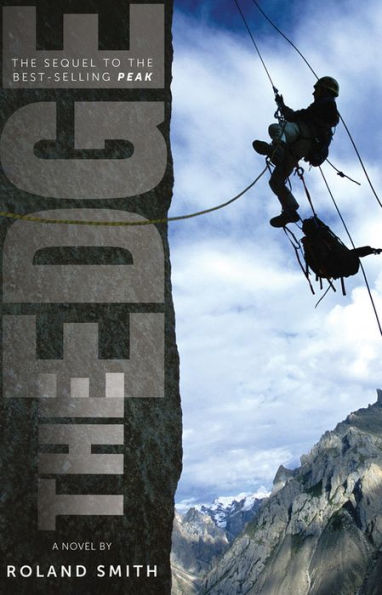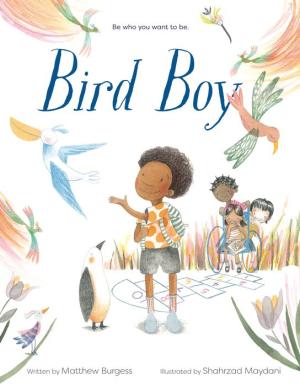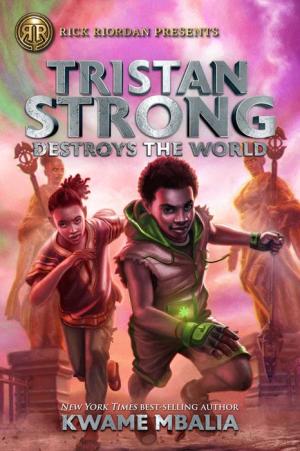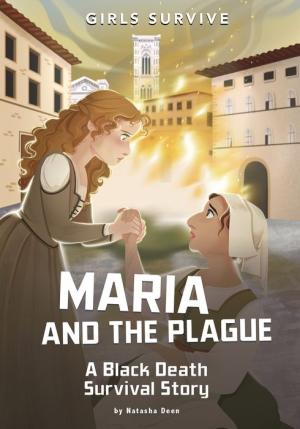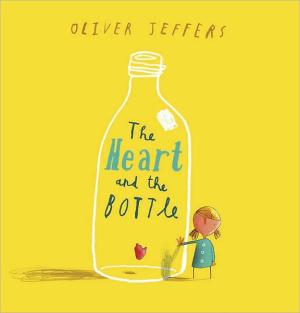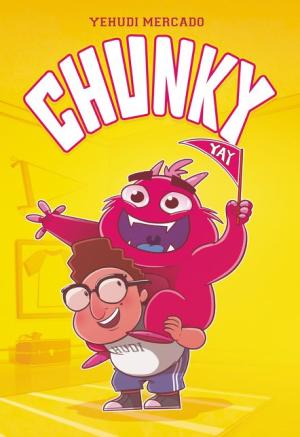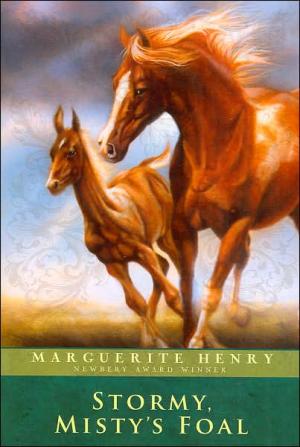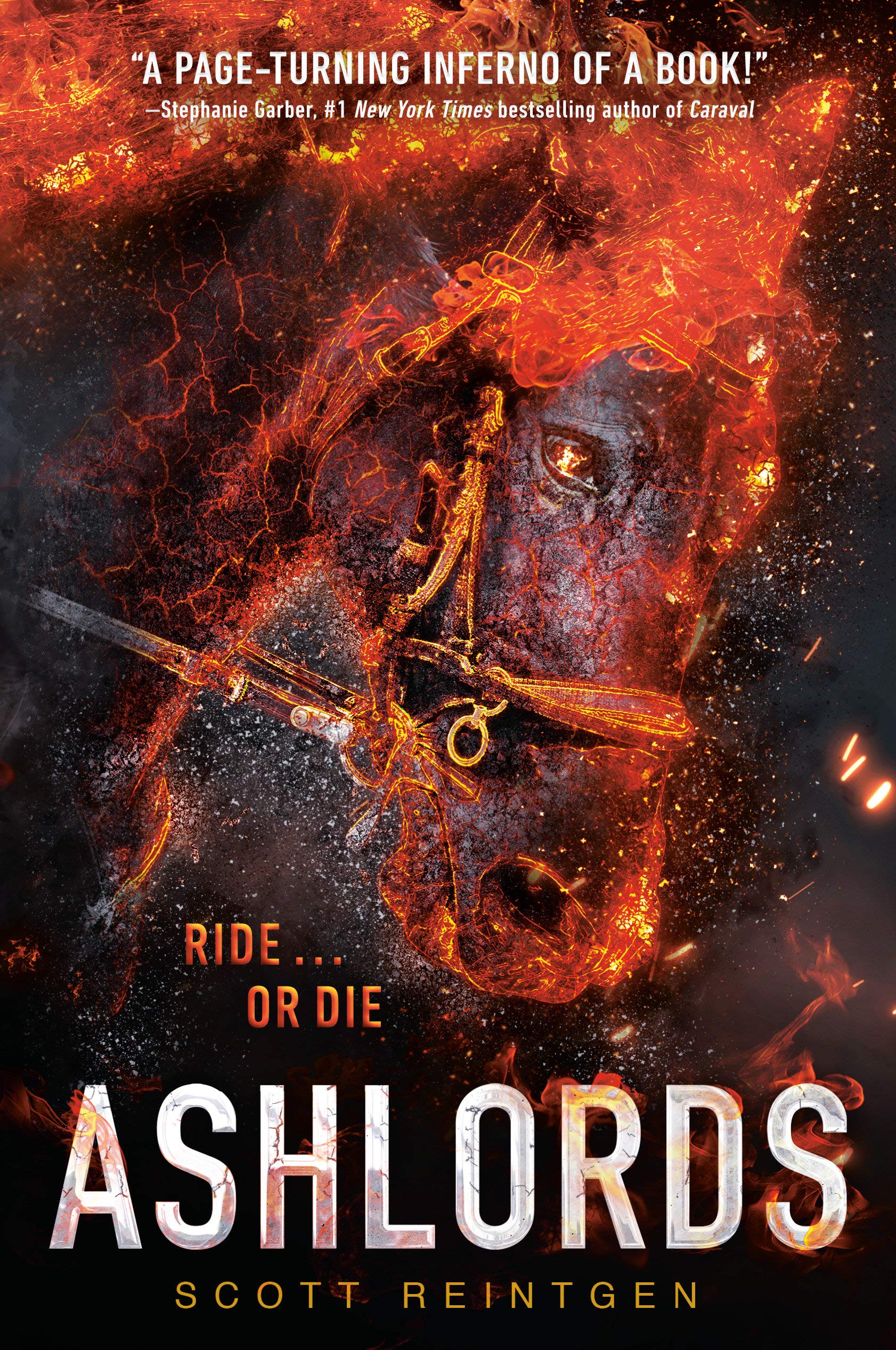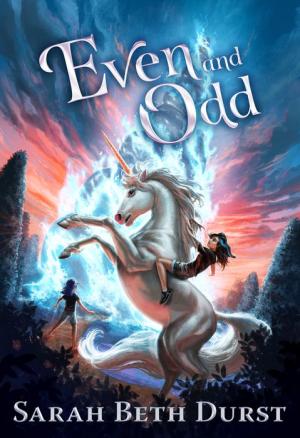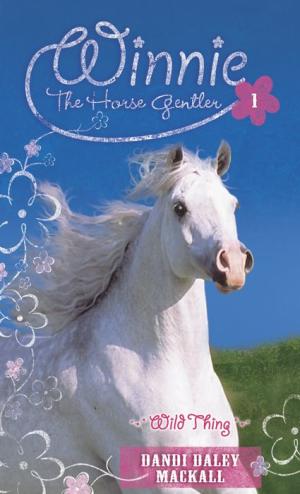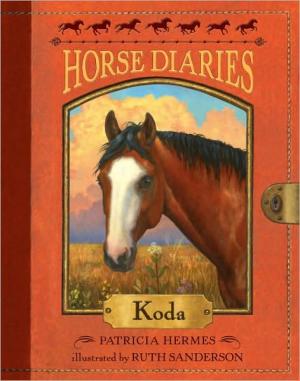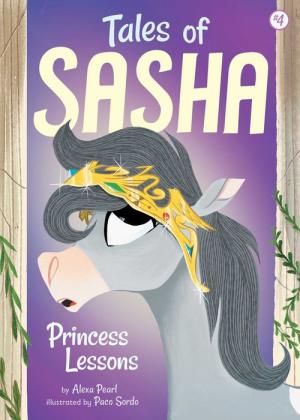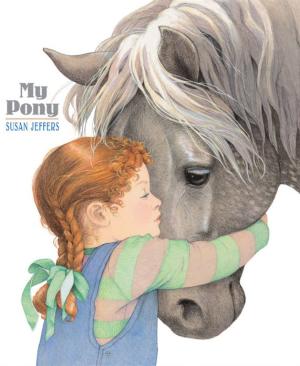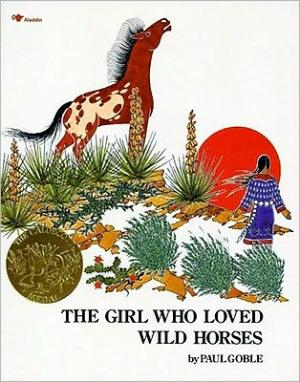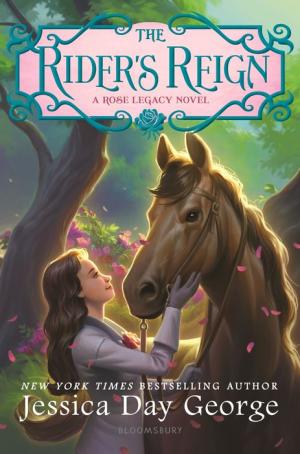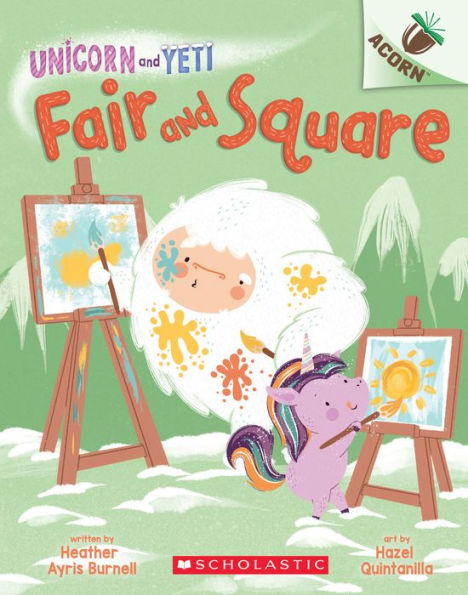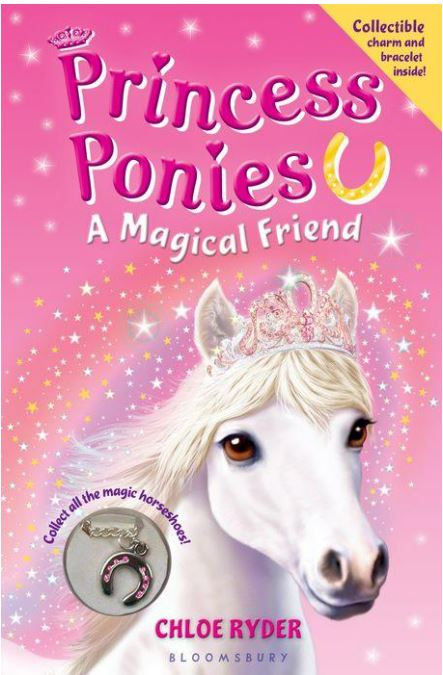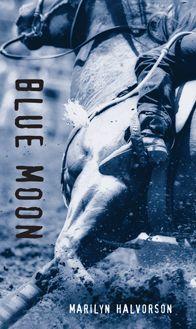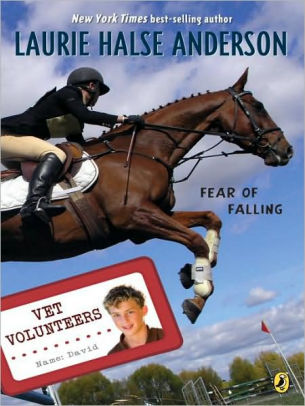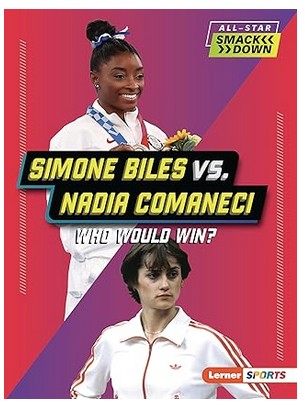In the third installment of Peak’s climbing adventures, Peak Marcello and his friends, Alessia and Ethan, go to Myanmar to climb the isolated mountain, Hkakabo Razi. However, the jungles of Myanmar might prove to be more treacherous than the climb itself. But if anyone is good at getting out of trouble, it’s Peak.
Ascent begins Peak’s Myanmar adventure that takes him on a four-week trek through the rainforest. Peak’s descent down Hkakabo Razi is detailed in the fourth book, Descent. Ascent maintains much of the same cast and includes rock climbing and run-ins with local governments in countries that have histories of civil unrest.
Characters from the first book also make a surprise reappearance in the latter half of the book, including Peak’s biological father, Josh Wood, who is a famous mountaineer and Zopa, the Tibetan monk. Peak’s relationship with Josh continues to grow. Peak is also enormously happy to see Zopa, who rarely reveals his secrets and is always the smartest person on the mountaintop. In this sense, the end of Ascent harkens back to the events on Mount Everest in Peak.
Much of the book takes place in the jungle at the base of Hkakabo Razi. The group encounters corrupt military officials, language barriers, wildlife, and a murderer on the run from the Burmese government. The actual mountaineering is near the end of the book, when they finally make it out of the jungle.
The traumatic events that occurred in The Edge are addressed, in part, in Ascent. Ascent is less intense than The Edge generally. These books should be read in order, for comprehension’s sake. Readers familiar with this series will find their expectations met when it comes to the intensity and graphic nature of the violence. Much like the previous book, Peak doesn’t experience the violence himself, but he does hear about it secondhand.
Ascent is a good continuation to Peak’s adventures and the characters’ development. Although this book moves at a slower pace than the previous two, it sets up the intense action in Descent. Fans of Peak’s adventures will be glad to see old faces reintegrated into the mix and will welcome the new additions. Ascent certainly presents an exciting first half to this two-part portion of Peak’s story, and it will be interesting to see what unfolds for Peak and his friends next.
Sexual Content
- Peak and Alessia are dating. Peak talks about his feelings for her, saying, “I guess I am in love with her. And I think that she feels the same way about me.”
- At several points in the book, Peak “kisses [Alessia].” It is never more than a quick peck.
Violence
- A Burmese guide named Lwin killed an owl “with his slingshot and ate it.”
- Lwin has a timber elephant named Nagathan, and Lwin tells Alessia, Ethan, and Peak that Nagathan has killed several people. This turns out to be false; it was Lwin himself, who killed those people. Alessia, Ethan, and Peak discover this when soldiers find them in the forest and inform them of the situation.
- Nagathan trampled Lwin, killing him. Peak and his friends only hear reports about the state of Lwin’s body. Major Thakin, who oversees the soldiers, says that Lwin “was unrecognizable as a human. The forest animals had been feeding on what was left of him for a couple of days. It was too dark to search for remains last night, so the soldiers camped near the crime scene. This morning they searched the area and found a foot, two fingers, and a bloody longyi [pouch] up in a tree.” This description lasts for a few paragraphs.
- Lwin, who turns out to be alive, tries to take Alessia hostage. Alessia uses the mixed martial arts that Ethan taught her to flip Lwin and break his foot and hand. Peak describes, “There was a loud snap, like a dry stick being broken, and then an unconscious Lwin was lying on the ground and Alessia was holding his [hunting knife] to his neck.”
Drugs and Alcohol
- Peak and his friends end up in a bustling town in the middle of the jungle. In it, there are stands selling “animal parts, skins, rubies, and opium.”
- Nick and Ethan have cold beers when invited to dinner by a man named Mr. Chin, while Alessia and Peak drink lemonade.
Language
- Light language is used somewhat often. Language includes: crap, fool, damn, crazy, stupid, and weird.
- Nick, the resident botanist of Peak’s group, says, “Good lord” when a young girl in a village runs up to him and shows him a dismembered monkey’s foot.
- As Alessia’s bodyguard, Ethan has been teaching Alessia mixed martial arts. Ethan says to Peak, “She can kick your ass.” Later, after Ethan hears that Alessia defended herself against Lwin without an issue, Ethan says, “I told you she could kick your ass.”
- A cameraman named Zack says, “Oh my God” when Peak tells him how Ethan was injured.
Supernatural
- Ethan has a single spoon that he’s used during his journeys on all seven continents. He refers to it as his “magic spoon.”
- Ethan mentions that he saw “a ghost” in the middle of the night. Peak responds that he doesn’t believe in ghosts, and Ethan replies, “Yeah, me neither. Let’s take a look.” They find that there are footprints, and Peak says, “I don’t think ghosts leave footprints.” They discover that Lwin probably faked his own death and has been following them.
- Peak tells Nick the ghost/Lwin theory. Nick responds that he thinks it’s just a ghost. Nick says, “The forest is filled with spirits and ghosts . . . I’m surprised it took Ethan this long to spot one.”
Spiritual Content
- Zopa is a monk and sometimes gives blessings to passing porters, hikers, and climbers.
- Peak survives being buried in an avalanche. Josh calls him “lucky,” and Zopa calls it “karma.”
- When a helicopter finally shows up in the forest, Alessia says, “Thank God.” Peak responds, “Amen to that.”
by Alli Kestler

